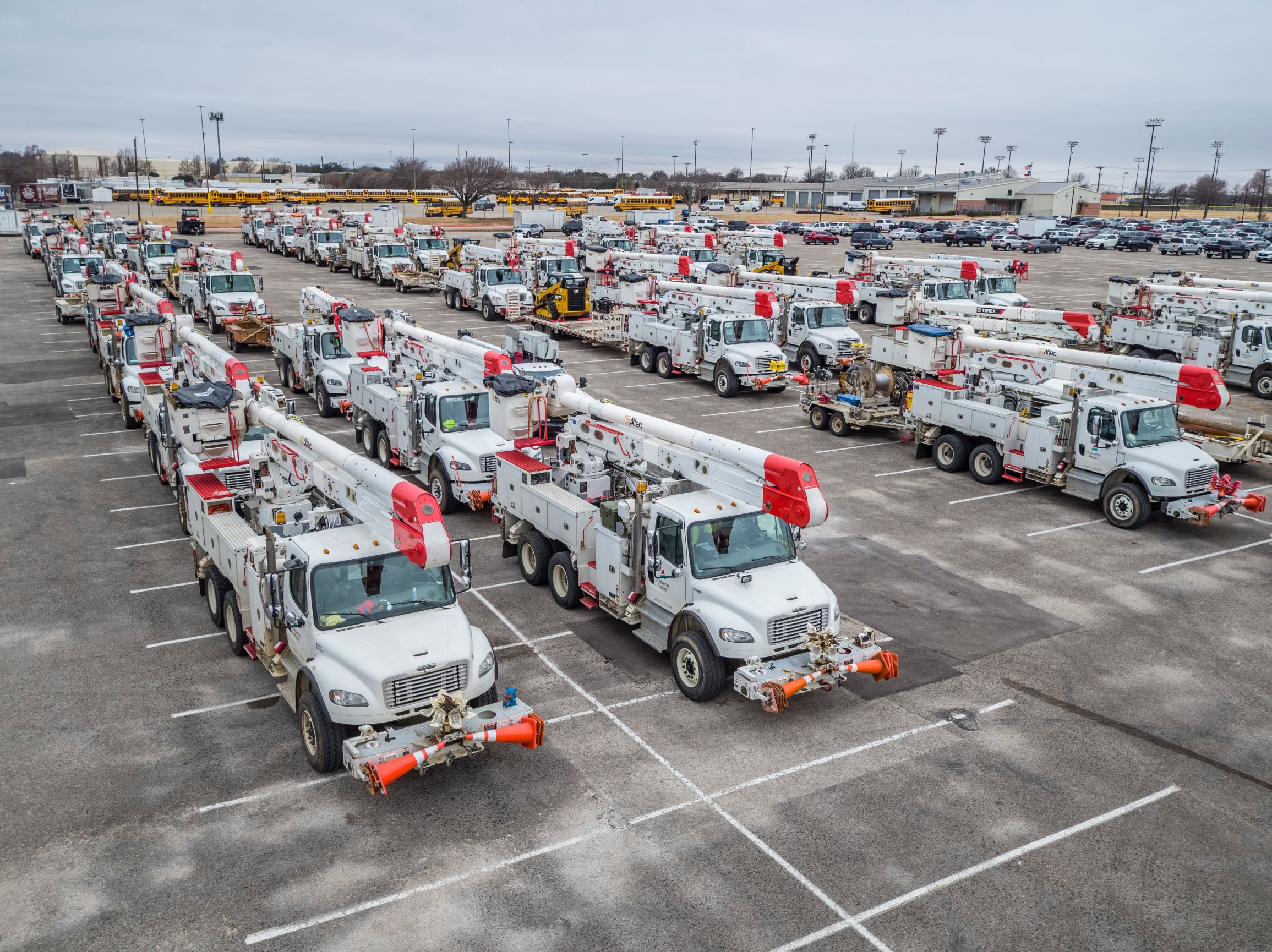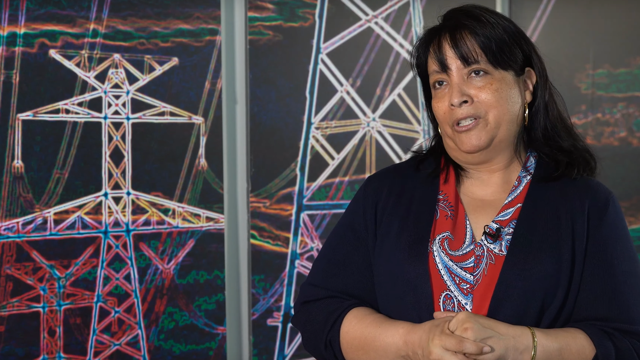-
Contact Us
-
General Inquiries/Service Requests:
- 888.313.6862
-
contactcenter@oncor.com
-
(Mon.-Fri., 8 a.m.-6 p.m. Central Time)
-
For Outages
- 888.313.4747
-
(24/7)
Oncor starts preparing for the summer’s hottest days during some of the coldest times of the year.
To be ready for the typical electricity peak load months of July to September, “summer prep” teams from across Oncor kick off a new year with meetings, planning sessions and data analysis.
All of that work in the office soon translates to work in the field. Each spring, employees begin inspecting Oncor’s electrical system using helicopters and drones from the air and infrared cameras and transformer oil analysis on the ground.
When outside temperatures climb into the 90s and the triple digits, it means millions of Texans are dialing down the thermostat on millions of air conditioners. And the hotter it gets, more and more electricity begins surging through Oncor’s sprawling Texas infrastructure.
“We have this initiative because during the summer months we tend to see a much higher load on our system than in other parts of the year,” said Peter Babcock, Senior Manager, Transmission Equipment Support. “There’s the potential for electrical and mechanical stresses that are going to be placed on our equipment.”
Babcock said employees from several Oncor departments review historical data and forecasts to pinpoint high-load areas, or those where the demand for electricity is higher than normal.
Electrical system equipment, such as transmission lines, transformers and feeder breakers, in those areas then undergo a series of inspections to ensure they’re ready for the crush of the summer demand.
Oncor uses helicopter crews to fly above and inspect its high-capacity power or transmission lines and also deploys ground crews to do the same from below. In recent years, Oncor has also created a fleet of over two dozen drones for line inspections.
Back on the ground, Carlos Chalambaga, a Diagnostic Tester for Oncor in Dallas, uses an infrared camera to do visual inspections of Oncor substations and other equipment. “With the infrared, I can look for things that we can’t see with the human eye,” he said.
“I’m looking at nearly every piece of equipment and scanning for abnormal hot spots,” Chalambaga said. “We can analyze the images and see if it’s something that’s a concern that we can repair before there’s a possible problem.”
To get a better idea of what’s going inside a transformer, Oncor uses a process called Dissolved Gas Analysis (DGA). Inside every transformer, no matter its size, and some can be twice as large as a pickup truck, is mineral oil. That oil not only keeps a transformer cool, it can offer clues as to the health of the equipment.
“When we’re taking a DGA sample from a transformer, we’re really trying to jump out ahead of any potential problems that are going to happen to that asset,” said Rob Lawing, a Crew Supervisor with North Dallas Transmission.
The oil samples are shipped to Oncor’s laboratory near Lancaster, Texas. On a recent morning, Lab Manager Perry Popp was preparing to begin testing the amber oil inside over 60 clear glass tubes stacked across the top of a steel cart.
“That’s really a quick and easy tool for us to look at and say, ‘OK, this transformer is good,’ ” Popp said. “Because if there’s anything going on with that transformer, it’s going to show up in the dissolved gas.”
Using test equipment like a gas chromatograph, Popp can uncover what’s in the oil sample. He’s testing for things like ethylene, methane, acetylene and more that can reveal problems with a transformer.
Popp said the lab analyzes about 4,500 oil samples from Oncor transformers a year. But this year, he and his team are doing even more.
“Because of the pandemic, we are testing the transformers that feed all of the hospitals,” he said. “We want to make sure they don’t fail in times of crisis.”
Babcock said the additional summer prep inspections and maintenance have proven their worth over the years.
“These efforts have helped us to identify a number of locations that otherwise we may not catch when it comes to issues and needed maintenance prior to the summer load,” he said. “They have a direct impact on our reliability.”
“We want to ensure that there’s a minimal interruption to our facilities as we’re moving through the summer months.”








